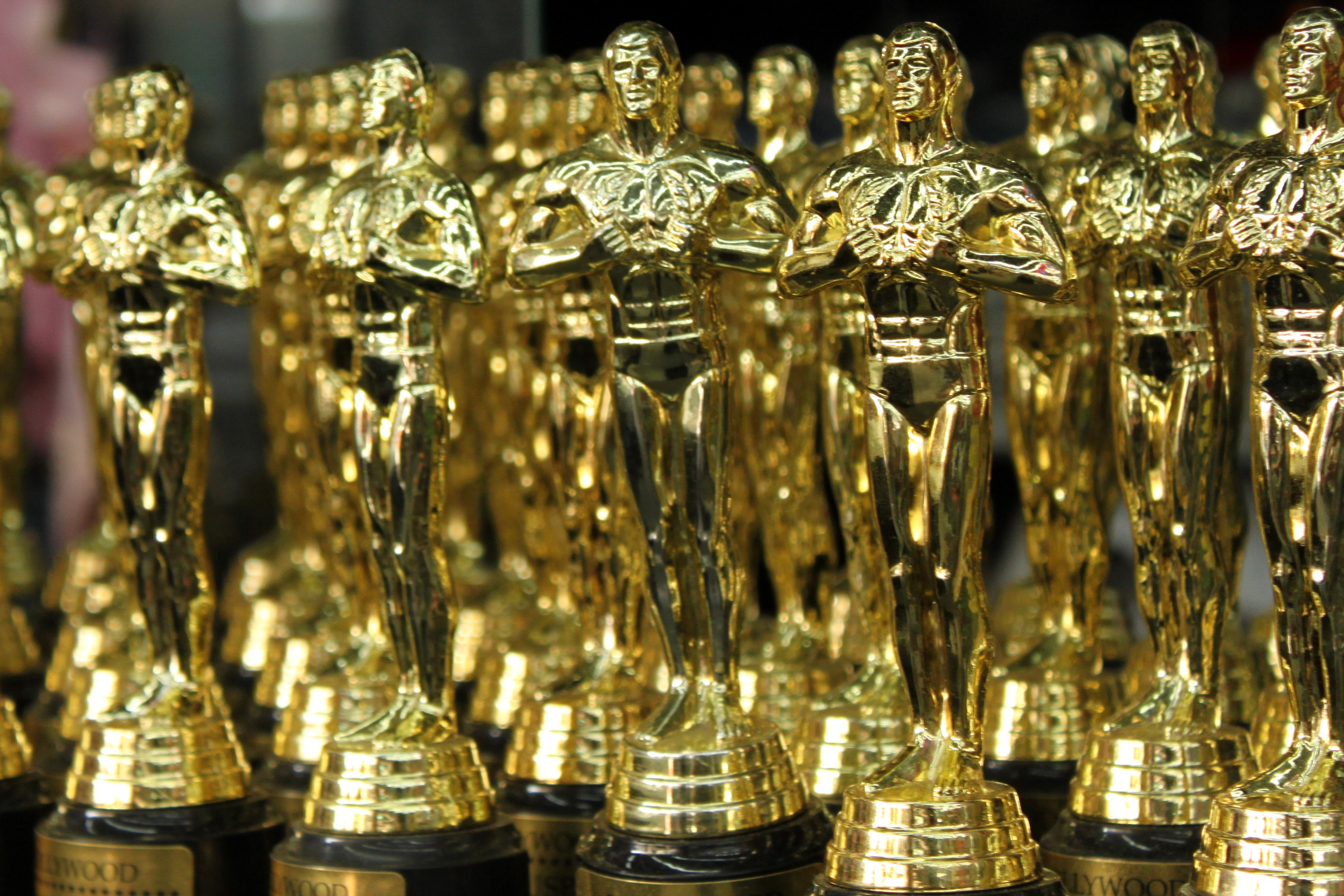Another year, another Oscars Ceremony, and the usual Twitter excitement over nominations progresses. Leonardo DiCaprio secured another nomination, four forgettable movies secured their actors five of the twenty nominations, and everyone is white.
Apparently forgetting that they did this last year and the resultant outrage it generated on the internet, the Oscar Nomination Committee nominated twenty actors and actresses, all of whom are whiter than white paint. Given that 94 percent of the Academy’s 6,000-plus strong voting committee is white, it should come as little surprise that no non-white actor was nominated for any of the four acting categories this year.
As pointed out in the Economist after the nominations were announced, the probability of back-to-back whiteouts in the Oscar nominations, over a fifteen-year span, is close to one in 100,000 — less than one percent. Given those odds, it seems highly unlikely that the selections for this year’s nominations were random or based solely on the talent of the actors nominated. (And given that four of the movies underperformed in profit/budget comparisons, talent and movie enjoyability were not factors in the nomination process.)
Had the nominations been based on the make-up of the Screen Actor’s Guild, more nominations would have been non-white actors. (Although the number of nominations would still have been astronomically low in comparison.)
In response, numerous black actors have announced that they will be boycotting the Oscars, including Lupita Nyong’o (winner of Best Supporting Actress, 2014, for her role in “12 Years A Slave”), Jada Pinkett Smith, Will Smith, Spike Lee, Tyrese Gibson, and Snoop Dogg. Mark Ruffalo (Best Supporting Actor nominee, 2015, for “Spotlight”), has stated that, while he is not boycotting the Oscars as originally stated on his twitter feed, he supports the boycott and the actors participating in the boycott.
Other responses to the whiteout at the Oscars include the revival of last year’s hashtag, #OscarsSoWhite. The response on Twitter to the nominee whiteout is largely negative, with a few amusing tweets gaining traction, including a comparison of the 20 white-only nominations to different shades of white paint (with little visible difference between the swatches).
On the other side of the coin are responses from white actors, including a memorable and unfortunately real comment from Oscar nominee Charlotte Rampling; “It is racist to whites” (referring to the Oscar boycott). Despite the fact that every single nominee in the actors category for the past two years is white, and that the majority of Oscar winners (and nominees) over the past five years have been white (only three of the 24 Oscars have gone to non-white actors in that time-span), she seems to believe that the boycott due to no POC actors being nominated in any of the categories is racist against white people.
Thankfully, there are two shining spots in this round of Oscar frenzy: Chris Rock will be hosting the Oscars, and the Oscar nomination committee has already released a statement saying that the rules regarding nominations have been changed to include more diversity in future awards as a result of the overwhelmingly negative backlash.


